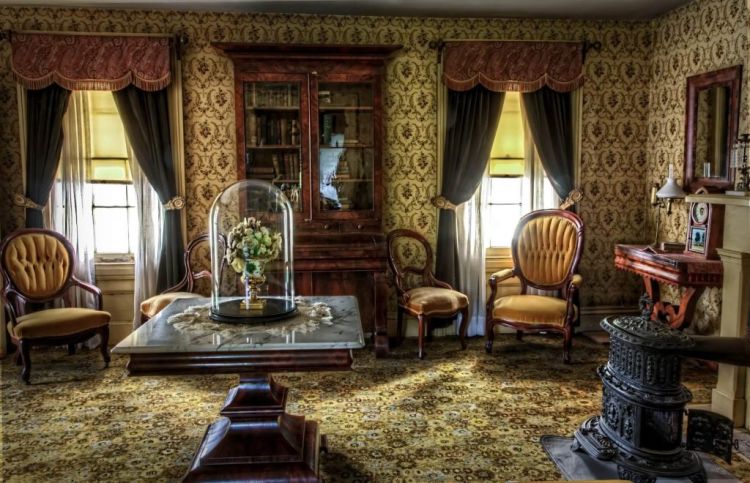
Historic homes have an undeniable charm that modern architecture can’t recreate. They speak to local history and radiate a unique ambiance. If an older property recently captured your heart, here’s what you need to know about moving into a historic home.
Although the process of buying an older home will be similar to any property, there are a few things you should remember before signing on the dotted line. They’ll make your transition easier and make your home an even better place to live.
1. Repairs Happen Frequently
Even if you move into a property that’s only been around for a decade, you’ll have to deal with repairs. Older piping, electrical wiring, and building structures require more attention because they break down with age and weathering. There’s no way to prevent things from ever breaking down, so prepare to learn how to do more work yourself.
You should invest in a tool kit and familiarize yourself with DIY home repair experts online. They’ll guide you through basic repairs like fixing leaky pipes or installing a light fixture. Historic homeowners can also add to an emergency savings account for repairs before moving, because eventually you’ll need an expert for help too.
2. Contracts Require Certifications
Before boxing up your belongings, double-check that the previous owners registered your home correctly on the National Register of Historic Places (NRHP). It’s the U.S. National Park Service’s official list of all national historic properties. Some professional contractors will require proper registration before working on your home because otherwise it puts their certification at risk.
Standard contracting teams may not know how to work with materials in historic buildings because they’ve never trained for them. You’ll need to find specialized contractors for some repairs and show proof of your home’s historic registration before they can get to work on whatever needs fixing.
3. Your Home May Retain Value Better
Historic districts have strict guidelines on external property renovations and changes. They want to maintain the older look of the homes while still allowing some personalization. It may be frustrating if you want to build a garden or install a shed, but the guidelines are also great because they prevent property values from losing much value.
When you want to start a big dream project like changing your roofing color, you can expect a better long-term return on investment (ROI). After considering your home’s structure and evaluating your local weather to find the best paint color, a new roof color increases the property value and the property maintains that same value even if you sell a decade after finishing the project.
Guidelines ensure your neighbors will never devalue the neighborhood with surprise construction or renovations. It makes every significant project a safer investment because the same rules apply to everyone on your street.
4. You’ll Find a New Community
After moving into a historic home, you’ll find a new community in your neighborhood. Nearby homeowners will likely have navigated the same repairs and renovation questions. They can give you tips and local contractor recommendations that make all the difference in your new homeownership experience.
5. You May Reduce Your Electricity Bill
Historic homes used architecture to defeat hot summer weather before air conditioning existed. Strategically placed windows channel cool breezes and high ceilings allow hot air to rise so your HVAC unit doesn’t have to work as hard. Your older home may reduce your electricity bill because the original owners designed it to keep them comfortable.
Of course, winter can be another question with draftier, old homes. When the weather gets cold, try budget-friendly heating tips for living spaces or look into renewable energy options for a more eco-friendly solution.
6. You’ll Need an Extensive Property Inspection
You’ll pay for a home inspection before moving in, so make sure the inspector looks for common issues related to historic or older houses. They should pay close attention to the foundation, electrical wiring and the integrity of structures like the attic or basement. They’ll catch every problem in one look and prevent you from wasting time on issues as they pop up after unpacking your moving boxes.
Moving Into a Historic Home? Try These Tips
Figuring out how to move into a historic home doesn’t have to feel challenging. Use this guide to figure out every step of the way. Look for potential repairs, meet your neighbors, and plan renovations that have a great ROI. You’ll have all the tools you need to enjoy creating your own history in whatever older property catches your eye.
We hope you found this blog post Here’s What You Need to Know About Moving Into a Historic Home, useful. Be sure to check out our post The Best Décor Items for Traditional or Vintage Homes for more great tips!
Have Experience in the Moving Industry? Want an Additional Income Stream? Work With All Around Moving!
Come profit with us, moving relocation consultants. Click here to learn more.





